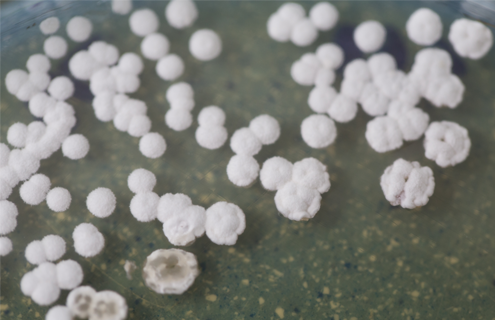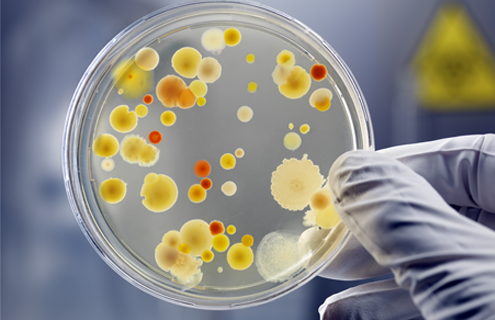
The human body harbors diverse, dynamic microbial communities that include commensal, symbiotic, and pathogenic species. These communities, collectively termed the microbiome, play a vital role in human health and disease. By understanding how these communities develop over time with respect to age, lifestyle, environmental changes, or various disease states, and how this in turn affects human physiology, we are offered a powerful tool for precision health care.
In recent years, we have seen an explosion in our knowledge of the human microbiome. Through accelerated advancements in next-generation sequencing (NGS) technologies and metagenomic approaches, researchers have been able to profile whole microbial genomes directly from the human body. This has led to a deeper understanding on the composition and interactions of microbial communities and how imbalances in the normal microflora—known as dysbiosis—could affect physiology and the predisposition to disease. Even now, researchers are uncovering possible relationships between microbiome dysbiosis and inflammatory disorders and various cancer types, the onset of type 2 diabetes mellitus, disruptions in nutrient absorption, and autism spectrum disorder.

While metagenomic studies have resulted in a wealth of information on microbial populations, the complexities associated with 16S community profiling and shotgun metagenomics methods have posed significant challenges in assay standardization. Here, bias can be introduced at each stage of the microbiome workflow, which can in turn affect data interpretation and reproducibility. Take DNA extraction, for instance. The quality and quantity of DNA extracted can vary significantly between microbial species due to the inherent differences in cell wall composition. Therefore, one of the very first steps of the microbiome workflow can itself lead to bias. The complexities of the subsequent steps of the workflow can then compound on the biases introduced, which further leads to inaccurate analyses and incorrect conclusions.
NGS standards provide a solution to this issue. Because these reference materials are well characterized and defined in composition, they enable researchers to identify and normalize sources of bias throughout the workflow. This in turn facilitates the optimization of metagenomic workflows and microbiome research applications, providing reliable comparative data while improving assay consistency.
Start with credible controls
Although there is already a wealth of information on the human microbiome, much is still unknown. As analyses become more detailed, such as with metatranscriptomics and metabolomics, research will be challenged with burgeoning data sets and parsing information into meaningful insights through translational research.
That’s why ATCC has made a commitment to the scientific community to support every stage of the microbiome workflow by adding state-of-the-art bioinformatics to physical standards. Our NGS standards support a broad array of applications ranging from method optimization to data interpretation, and they serve as superior controls for microbial community testing and assay development on any platform.
Discover for yourself how NGS standards can assist in optimizing your diverse applications with confidence and improve the consistency and reproducibility of your data run after run.
Explore our standardsExplore the importance of standards

Microbiome research is more than just a gut reaction
While research on the microbiome has provided valuable insights into how microbial communities shape human health and disease, there are still many outstanding questions left to be answered. Listen to our podcast featuring experts in microbiome research for a collaborative discussion on the latest efforts in this field.
Get in the discussion
Keeping up with microbiome research standards
Assay standardization is essential for translating data into a clear understanding of how the microbiome affects human physiology. In this interview, Dr. Dev Mittar discusses the current challenges facing microbiome research, how standards will help, and why there isn’t a one-size-fits all solution for microbiome research.
Read the interview